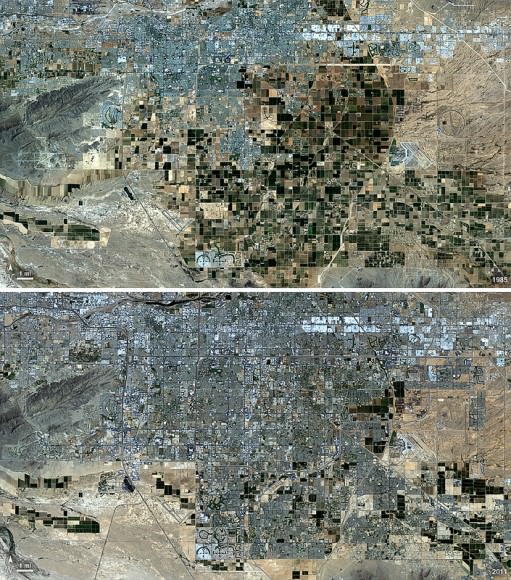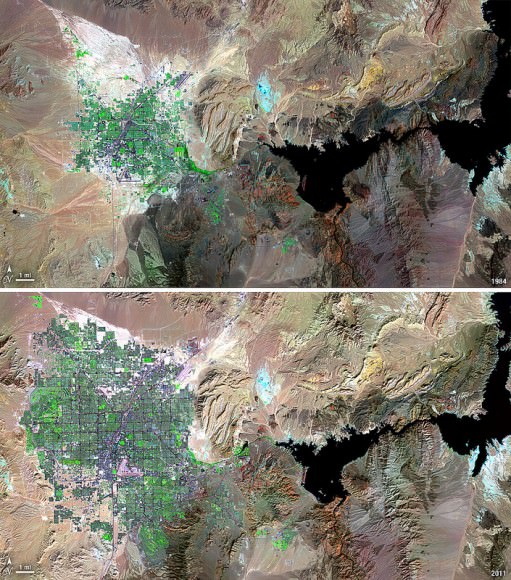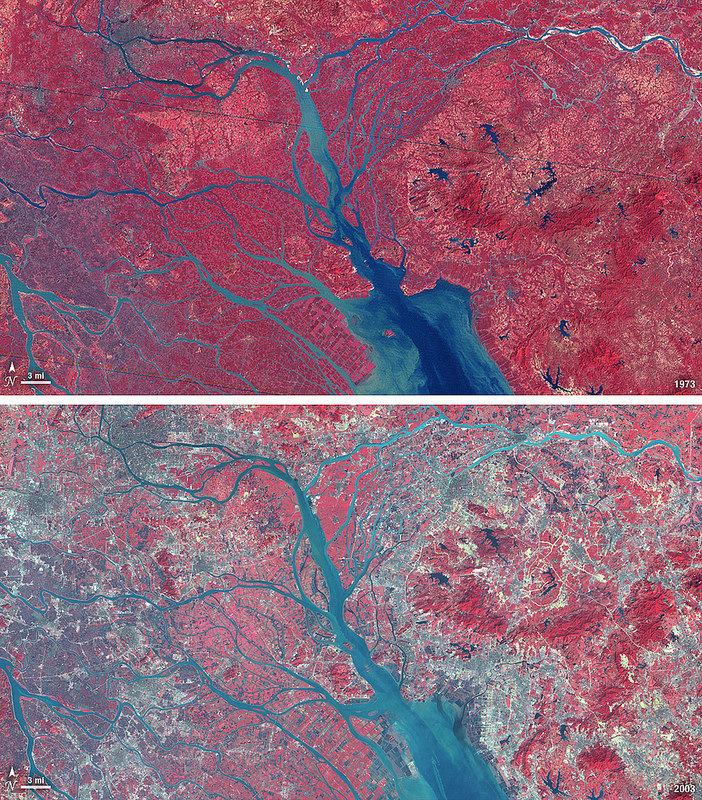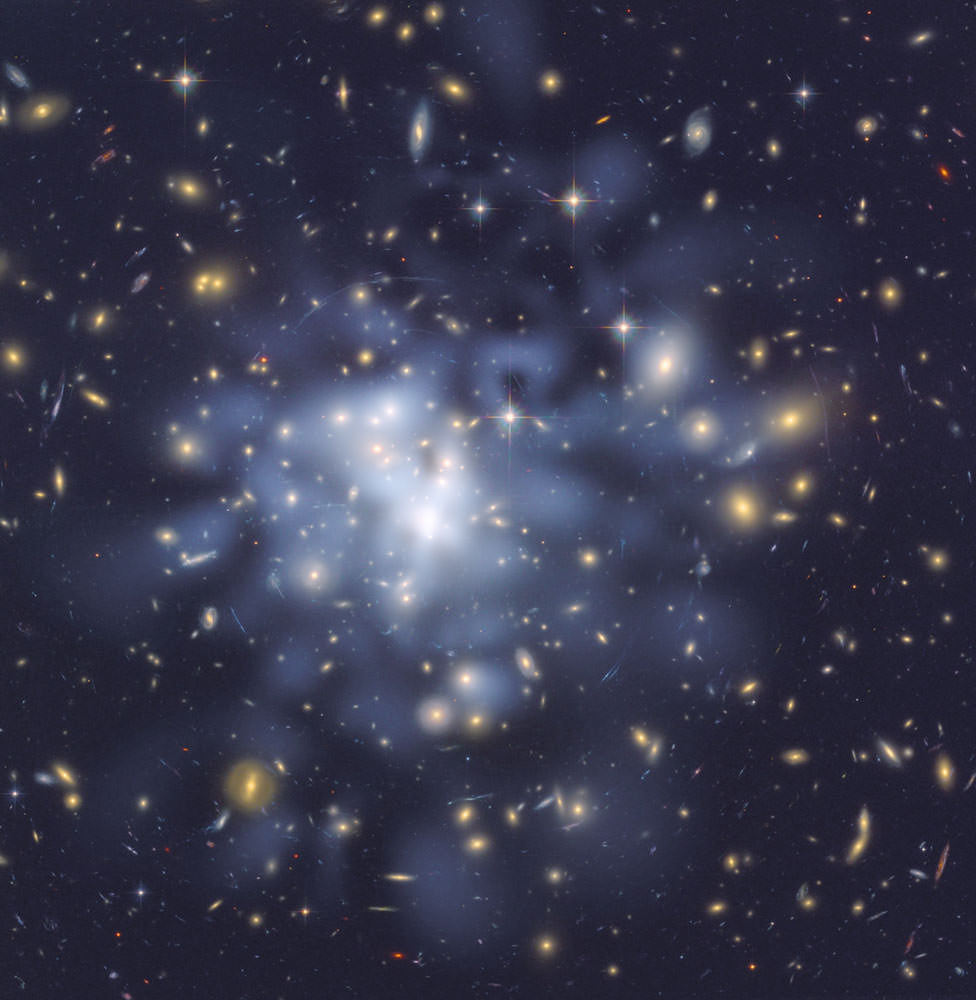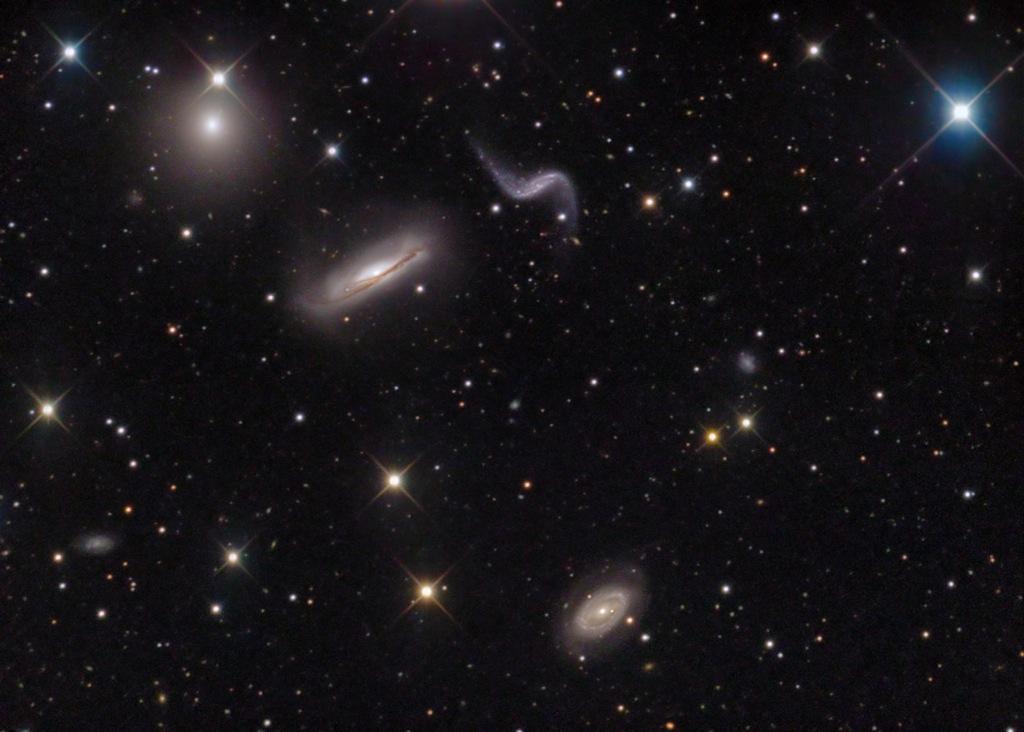[/caption]
Our Universe is an enormous place; that’s no secret. What is up for discussion, however, is just how enormous it is. And new research suggests it’s a whopper – over 250 times the size of our observable universe.
Currently, cosmologists believe the Universe takes one of three possible shapes:
1) It is flat, like a Euclidean plane, and spatially infinite.
2) It is open, or curved like a saddle, and spatially infinite.
3) It is closed, or curved like a sphere, and spatially finite.
While most current data favors a flat universe, cosmologists have yet to come to a consensus. In a paper recently submitted to Arxiv, UK scientists Mihran Vardanyan, Roberto Trotta and Joseph Silk present their fix: a mathematical version of Occam’s Razor called Bayesian model averaging. The principle of Occam’s Razor states that the simplest explanation is usually the correct one. In this case, a flat universe represents a simpler geometry than a curved universe. Bayesian averaging takes this consideration into account and averages the data accordingly. Unsurprisingly, the team’s results show that the data best fits a flat, infinite universe.
But what if the Universe turns out to be closed, and thus has a finite size after all? Cosmologists often refer to the Hubble volume – a volume of space that is similar to our visible Universe. Light from any object outside of the Hubble volume will never reach us because the space between us and it is expanding too quickly. According to the team’s analysis, a closed universe would encompass at least 251 Hubble volumes.
That’s quite a bit larger than you might think. Primordial light from just after the birth of the Universe started traveling across the cosmos about 13.75 billion years ago. Since special relativity states that nothing can move faster than a photon, many people misinterpret this to mean that the observable Universe must be 13.75 billion light years across. In fact, it is much larger. Not only has space been expanding since the big bang, but the rate of expansion has been steadily increasing due to the influence of dark energy. Since special relativity doesn’t factor in the expansion of space itself, cosmologists estimate that the oldest photons have travelled a distance of 45 billion light years since the big bang. That means that our observable Universe is on the order of 90 billion light years wide.
To top it all off, it turns out that the team’s size limit of 251 Hubble volumes is a conservative estimate, based on a geometric model that includes inflation. If astronomers were to instead base the size of the Universe solely on the age and distribution of the objects they observe today, they would find that a closed universe encompasses at least 398 Hubble volumes. That’s nearly 400 times the size of everything we can ever hope to see in the Universe!
Given the reality of our current capabilities for observation, to us even a finite universe appears to go on forever.
